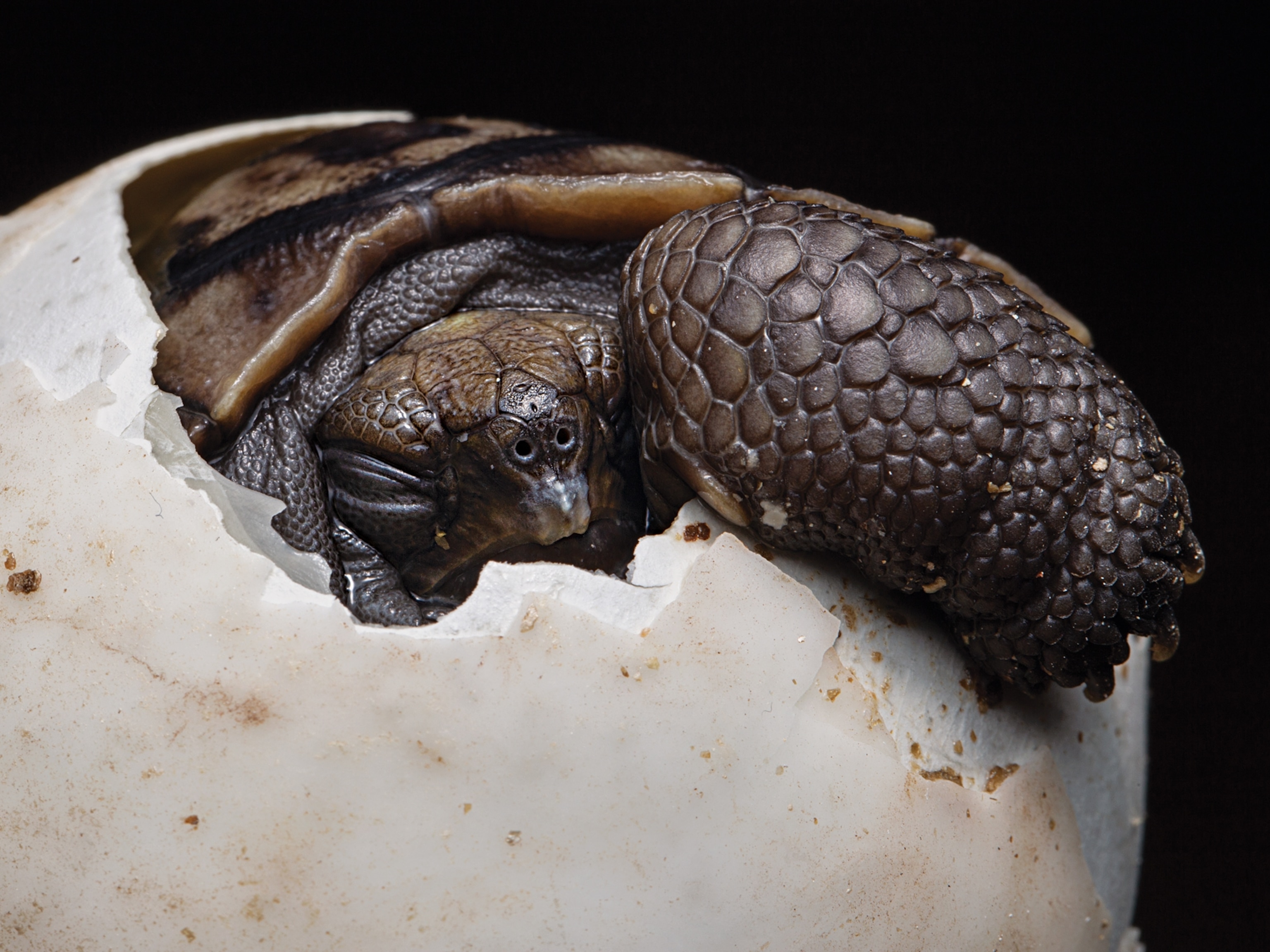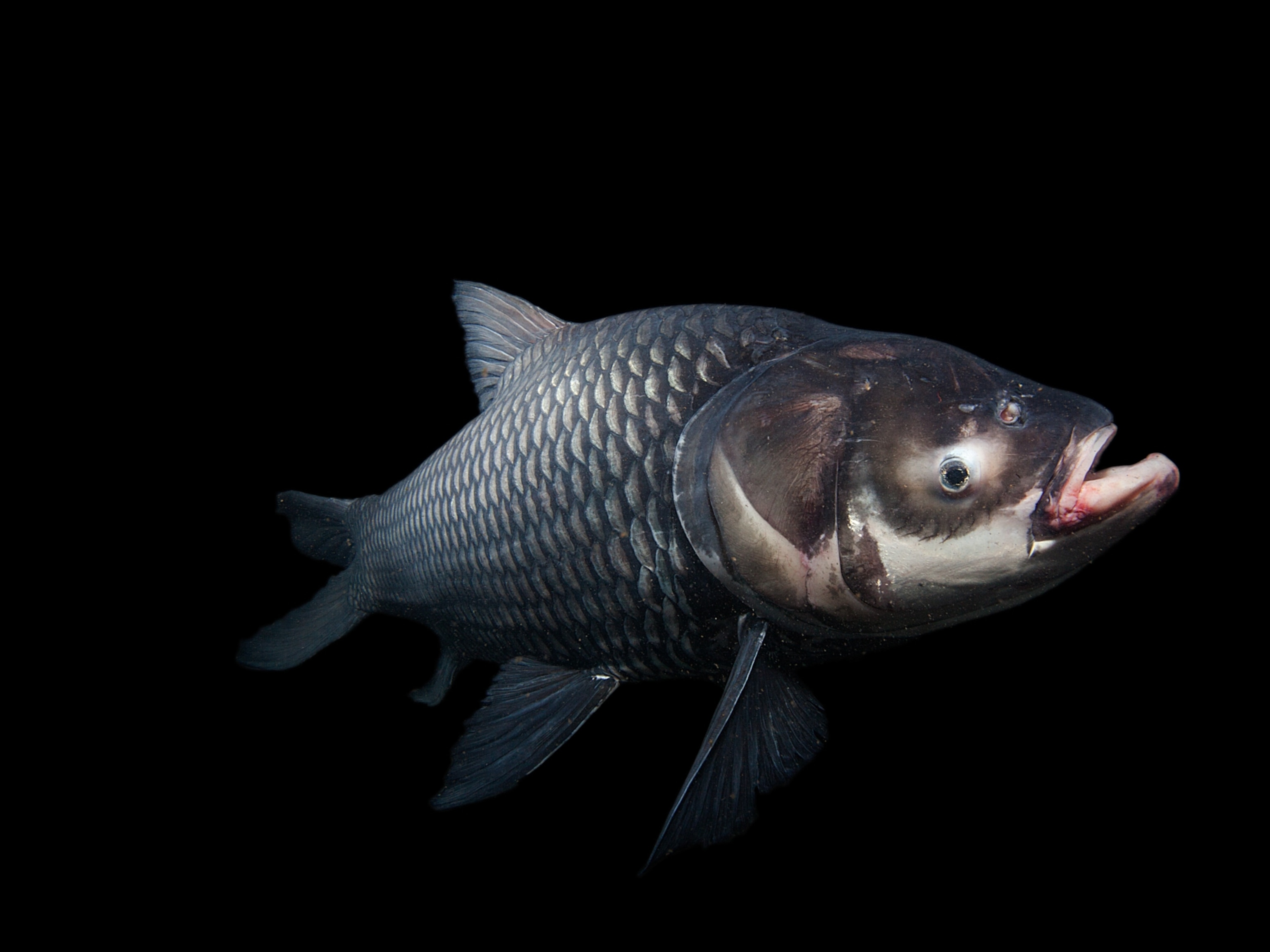
Famous Giant Turtle Dies—Only Three Left on Earth
The death of Cu Rua, long revered in Vietnam, brings the critically endangered Yangtze giant softshell turtle one step closer to extinction.
HANOI, Vietnam — HANOI, Vietnam—We were packed inside a small taxi—me, my wife, our three kids—and heading past postcard-perfect Hoan Kiem Lake (map) when I noticed a crowd at the water’s edge. On a hunch I directed the cabbie to pull over.
This was early 2011. We worked our way to the water and saw the magnificent, 360-pound (160-kilogram) turtle the Vietnamese call Cu Rua, or “Great Grandfather Turtle,” making a rare public appearance.
Its dark gray-brown head, nearly the size of our toddler’s, was raised above the muddy, polluted water as the 4-foot-long (1.2-meter-long) beast cruised slowly near shore, seemingly struggling to breathe. (Related: "World's Largest Freshwater Turtle Nearly Extinct.")
Days after, authorities initiated an effort to clean up Hoan Kiem and help Cu Rua, a critically endangered Yangtze giant softshell turtle (Rafetus swinhoei).
And it seemed to work until January 20, when Cu Rua died—leaving only three of the world's largest freshwater turtle species left on Earth.
Last Hope
The stately Cu Rua (pronounced “koo zu-ah”), which was estimated to be more than a hundred years old, had become a distinguished citizen in this city of four million.
Any glimpse of the reclusive Cu Rua was considered good luck, and the grief over his death is widespread.
“It is almost impossible to put into words the significance of this loss,” says Peter Pritchard, a turtle researcher and founder of the Florida-based Chelonian Research Institute.
Between the 1970s and 1990s, hunting devastated populations throughout China’s Yangtze River and Vietnam’s Red River valleys. Urban development has also damaged the species' habitat. (Related: "Pictures: Turtles Hunted, Traded, Squeezed Out of Their Habitats.")
Now the species has dwindled to three. A male and female live in captivity in Changsa Zoo in China's southern Hunan Province, but the two haven't yet mated.
The only known wild individual lives about 37 miles (60 kilometers) west of Hanoi in a lake called Dong Mo.
The species is so elusive that determining sex is difficult, and no one knows whether it's a male or female, says Timothy McCormack, director of the Hanoi-based Asian Turtle Program.
But there are efforts underway to find out if the Dong Mo animal is male. If he is, scientists hope to bring him to China and attempt to mate him with the zoo female.
"Something of a Miracle"
“To rebuild a population from three animals would be something of a miracle, but certainly not impossible,” says Pritchard.
Like other large soft-shelled turtles, the species lays several dozen eggs in a clutch, he explains.
“With careful husbandry, the majority of these may produce viable adult turtles.”
And it's been done before.
On the Galápagos Islands, scientists have bred the Galápagos giant tortoise, which had been in rapid decline, in captivity since 1971. The program has produced more than 2,000 offspring, and the species is again thriving, he says. (Read "Is Exotic Diet Giving Giant Tortoises a Boost in Galapagos?")
If mating doesn't work, the conservationists' last hope is that other tortoises may still be lurking undiscovered in the wild.
Irreplaceable
There's also talk in Vietnam of moving the Dong Mo turtle to Hoan Kiem—for sentimental reasons. (Also see "Healthy Diet Helps 183-Year-Old Tortoise Feel Young Again.")
The desire is understandable, says McCormack. Vietnam folklore tells of how a heroic turtle returned a lost sword to a 15th century emperor, enabling him to liberate Vietnam from Chinese invaders. Hoan Kiem translates to "Lake of the Restored Sword."
This legend is celebrated at Hoan Kiem with a ghostly white Turtle Tower shrine, erected in the 1880s on an island at one end of the lake.
At the opposite end, a bridge leads to Ngoc Son Temple, where Cu Rua’s former turtle companion, killed in a botched capture attempt in the 1980s, is on display.
Already, there are plans to preserve Cu Rua's remains and display them there.
But moving the Dong Mo turtle to Hoan Kiem it would a terrible idea, conservationists say, because the risk of pollution and trauma could compromise its use in the breeding program.
Besides, “could any other turtle replace such an iconic figure?” Pritchard asks. “The answer is a resounding no.”





